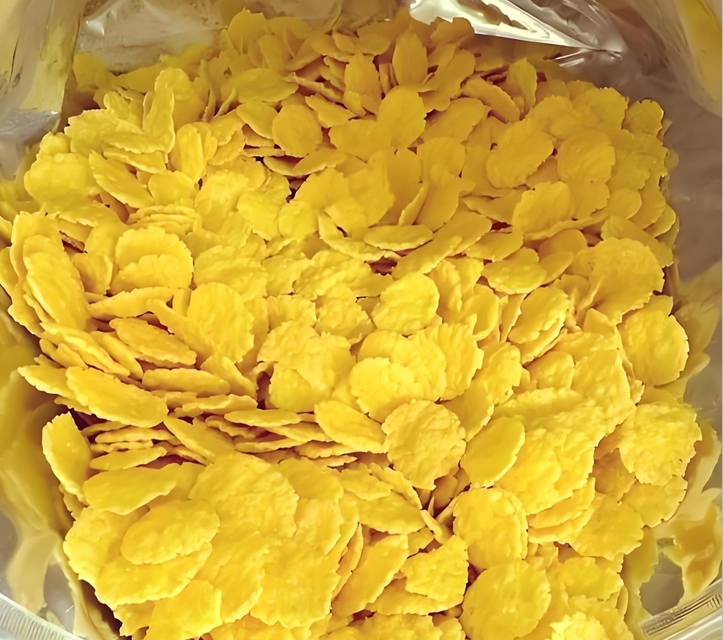The Crucial Step: Why We Dry Corn Flakes
The iconic crunch of a cornflake is a sensory experience recognized around the world. But that satisfying snap doesn’t happen by accident. It is the direct result of a deliberate and critical process in manufacturing: drying. While toasting gets much of the credit for the flavor and color, drying is the unsung hero that makes everything else possible. Here’s a breakdown of the key reasons why drying is an indispensable step in creating corn flakes.
1. To Achieve the Signature Crispy Texture
This is the most immediate and obvious reason. The initial cooking process (where corn grits are cooked with flavourings like malt and sugar) hydrates the starches, making them soft and pliable. If these cooked granules were simply toasted straight away, they would steam and become tough or burn instead of becoming crisp.
- How it works: Drying removes the excess surface moisture and a significant amount of the internal moisture. This process sets the structure of the flake. When the now-dry, hard “flake” hits the high heat of the toasting oven, the remaining tiny pockets of moisture rapidly turn to steam, expanding and creating the airy, crispy, and rigid structure we expect. Without drying, you’d have a chewy or leathery product, not a crisp one.
2. To Ensure Shelf Stability and Prevent Spoilage
Moisture is the primary enemy of packaged dry goods. Any significant amount of water left in a food product creates an environment where:
- Mold and Bacteria can grow, leading to spoilage and making the product unsafe to eat.
- Enzymatic reactions can continue, which would lead to off-flavors and rancidity.
By drastically reducing the moisture content through drying, manufacturers create a biologically stable product. This greatly extends the cereal’s shelf life, allowing it to be stored for months in your pantry without refrigeratio
3. To Set the Shape and Structure of the Flake
After the cooked corn grits are flaked between heavy rollers, they are soft and malleable. Drying them rapidly “sets” this flattened shape. It creates a firm, stable structure that can withstand the mechanical handling of the production line—conveyor belts, tumbling, and packaging—without clumping together or deforming. This ensures the flakes remain individual and intact until they reach your bowl.
4. To Prepare the Flakes for Even Toasting
Drying is a prerequisite for effective toasting. Imagine trying to toast a wet sponge; you would just get a scorched, wet mess. By ensuring the flakes are uniformly dry, manufacturers guarantee that they will toast evenly when exposed to the high-temperature oven.
- Even Browning: Uniform moisture content means uniform heat transfer, leading to consistent browning and color across every flake.
- Flavor Development: The Maillard reaction (the chemical process that creates complex toasty, nutty flavors and aromas) occurs efficiently on a dry surface. Drying prepares the flakes for this crucial flavor development stage.
The Process in Brief:
The drying stage typically occurs after the cooked grits have been flatted into flakes by large rollers. The soft, moist flakes are conveyed through a large drying oven, often called a predryer. Here, hot air is circulated around them at a controlled temperature, efficiently removing moisture without yet adding significant color or toastiness. Once dried, they are then moved to a toasting oven to achieve their final color, flavor, and extra crunch.
In summary, drying is far from a passive step. It is an active and essential manufacturing process that creates the texture, ensures safety, guarantees shelf life, and prepares the stage for the development of the flavor that defines the classic cornflake. Without it, our breakfast bowls would be filled with a soggy, unstable, and bland mush instead of a crispy, golden, and long-lasting cereal.








